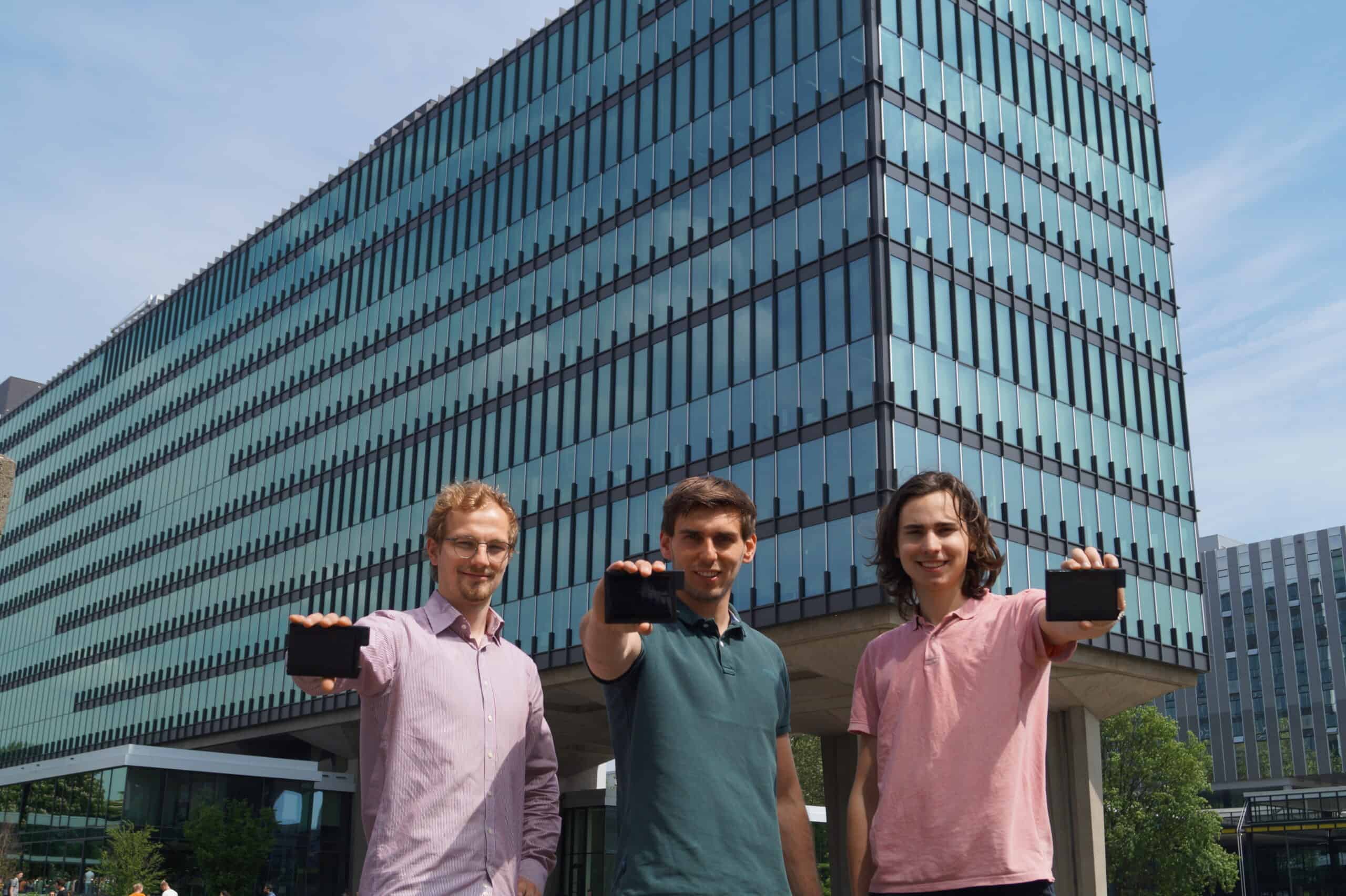
Where we are working en masse at home to save as much as possible on gas and energy, it is different in the business world. After all, office buildings waste as much energy as a million Dutch households. All buildings in the Netherlands account for 34 percent (in Dutch) of total energy consumption. To reduce that percentage, the cabinet is now introducing a new requirement. As of this year, owners of office buildings are required by law to ensure that their properties have Energy Label C. It now appears that fifty percent of the offices do not meet this requirement. The Innovation Origins editors have five tips on how to make an office building more sustainable.
1. Green concrete
Let’s take Belgium for example. There, the construction sector is rapidly becoming more sustainable by building with sustainable wood and green concrete. VIBE, a non-profit association (VZW) that puts regenerative design and construction on the map in Belgium, thinks it is a good thing that people are trying to deal with concrete in a circular way. “The biggest problem of CO2 emissions is the cement industry,” says Yara Helsen, Content Officer at VIBE.

2. Electric heat panels
Nothing is such a shame as heating your home for nothing. Fortunately, there are already enough alternatives to heat up your office building, even without gas. One example of this is the electric heat panels from Greeniuz. These panels work on infrared and are a lot more energy efficient. “Our heat panel hangs from the ceiling,” explains Dirk Bellemakers, Greeniuz’s founder. “You can install a thermostat in each room that you can set to the desired air temperature. When the panels are switched on, they heat up and emit infrared radiation. This ensures that the walls, floor, and all objects in the room heat up. The ceramic plate on our panel accumulates heat so that it continues to radiate for longer.”

3. Edible coffee cups
A cup of coffee is an absolute must for many of us when we are in the office. So it is not surprising that we drink the most coffee at the office. In total, 72 percent of working people in the Netherlands drink coffee at work. On average, we drink about four cups of coffee per day per person, according to research (in Dutch). While some companies use glass mugs, plenty of others serve the coffee in plastic cups. This can be done more sustainably. Take the Edibles coffee cups for example. These are edible coffee cups. If you don’t feel like it and you decide to throw it away anyway, it only takes two weeks for nature to completely break down the cup. Edibles also has cups with chocolate icing for lovers of chocolate along with coffee.

4. Smart device knows when the windows need to be washed
In addition to energy, coffee cups, and concrete, companies can also save on water, chemicals, and man-hours. A smart device on the window can tell you exactly when the windows need to be washed. The Heimdall Sensor Intelligence box gives a signal when it’s about time.
If you look at the maintenance of the outside of a building, it is often done periodically and at fixed times, Jeroen Sassen, founder of HIS, explains. “While we were walking around the building of a fashion department store, it turned out that they replace a little bit every seven years. Once every ten years the building is covered in scaffolding. An insane shame of course, because why would you replace material that is still good? But you also don’t want to replace something too late. With an informed assessment, you not only save costs but also materials,” says Sassen.

5. Everyone brings their own air conditioner
Due to global warming, heat waves are becoming more and more common. Fortunately, we don’t have one in January yet, but a prepared person is worth two. But how do we deal with this at the office? The EPFL Technical University thinks it has the answer. Personalized climate control for every office worker should offer a solution. The researchers analyzed the energy costs for six people who share the same office space. For three months, the candidates took part in a series of experiments in a special climate-controlled chamber in ICE’s lab in Fribourg. The researchers found significant differences between individuals. Maybe we should all start purchasing our own air conditioner if it helps the environment.


